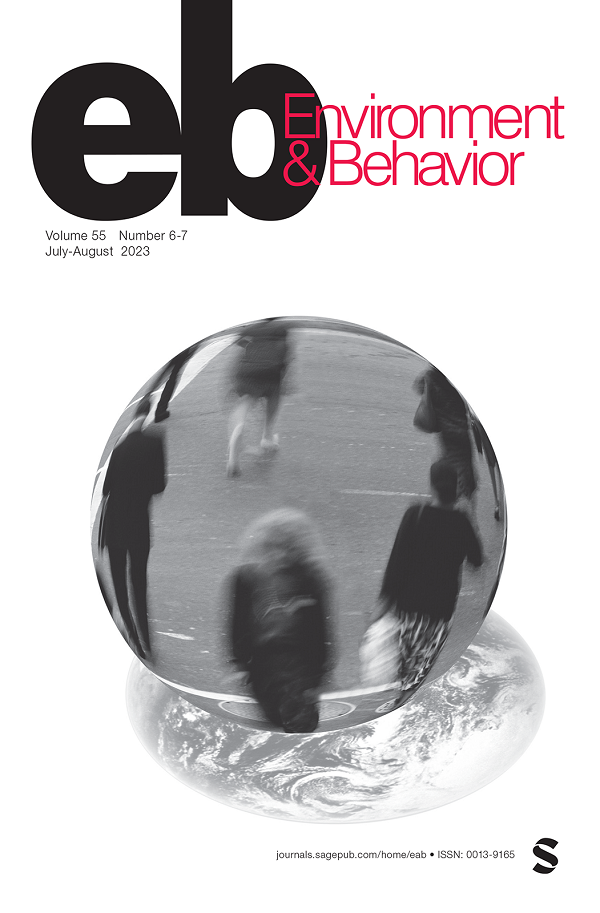Wearable Sensing and Mining of the Informativeness of Older Adults’ Physiological, Behavioral, and Cognitive Responses to Detect Demanding Environmental Conditions
IF 4.6
2区 心理学
Q1 ENVIRONMENTAL STUDIES
引用次数: 7
Abstract
Due to the decline in functional capability, older adults are more likely to encounter excessively demanding environmental conditions (that result in stress and/or mobility limitation) than the average person. Current efforts to detect such environmental conditions are inefficient and are not person-centered. This study presents a more efficient and person-centered approach that involves using wearable sensors to collect continuous bodily responses (i.e., electroencephalography, photoplethysmography, electrodermal activity, and gait) and location data from older adults to detect demanding environmental conditions. Computationally, this study developed a Random Forest algorithm—considering the informativeness of the bodily response—and a hot spot analysis-based approach to identify environmental locations with high demand. The approach was tested on data collected from 10 older adults during an outdoor environmental walk. The findings demonstrate that the proposed approach can detect demanding environmental conditions that are likely to result in stress and/or limited mobility for older adults.穿戴式传感与挖掘老年人生理、行为和认知反应的信息量,以检测苛刻的环境条件
由于功能能力的下降,老年人比普通人更容易遇到过分苛刻的环境条件(导致压力和/或行动限制)。目前检测这种环境条件的努力效率低下,而且不是以人为本的。这项研究提出了一种更有效和以人为本的方法,包括使用可穿戴传感器收集老年人的连续身体反应(即脑电图、光体积脉搏波、皮电活动和步态)和位置数据,以检测苛刻的环境条件。在计算上,本研究开发了一种随机森林算法——考虑到身体反应的信息量——和一种基于热点分析的方法来识别高需求的环境位置。研究人员对10名老年人在户外散步时收集的数据进行了测试。研究结果表明,该方法可以检测到可能导致老年人压力和/或活动受限的苛刻环境条件。
本文章由计算机程序翻译,如有差异,请以英文原文为准。
求助全文
约1分钟内获得全文
求助全文
来源期刊

Environment and Behavior
Multiple-
CiteScore
13.30
自引率
1.80%
发文量
13
期刊介绍:
Environment & Behavior is an interdisciplinary journal designed to report rigorous experimental and theoretical work focusing on the influence of the physical environment on human behavior at the individual, group, and institutional levels.
 求助内容:
求助内容: 应助结果提醒方式:
应助结果提醒方式:


